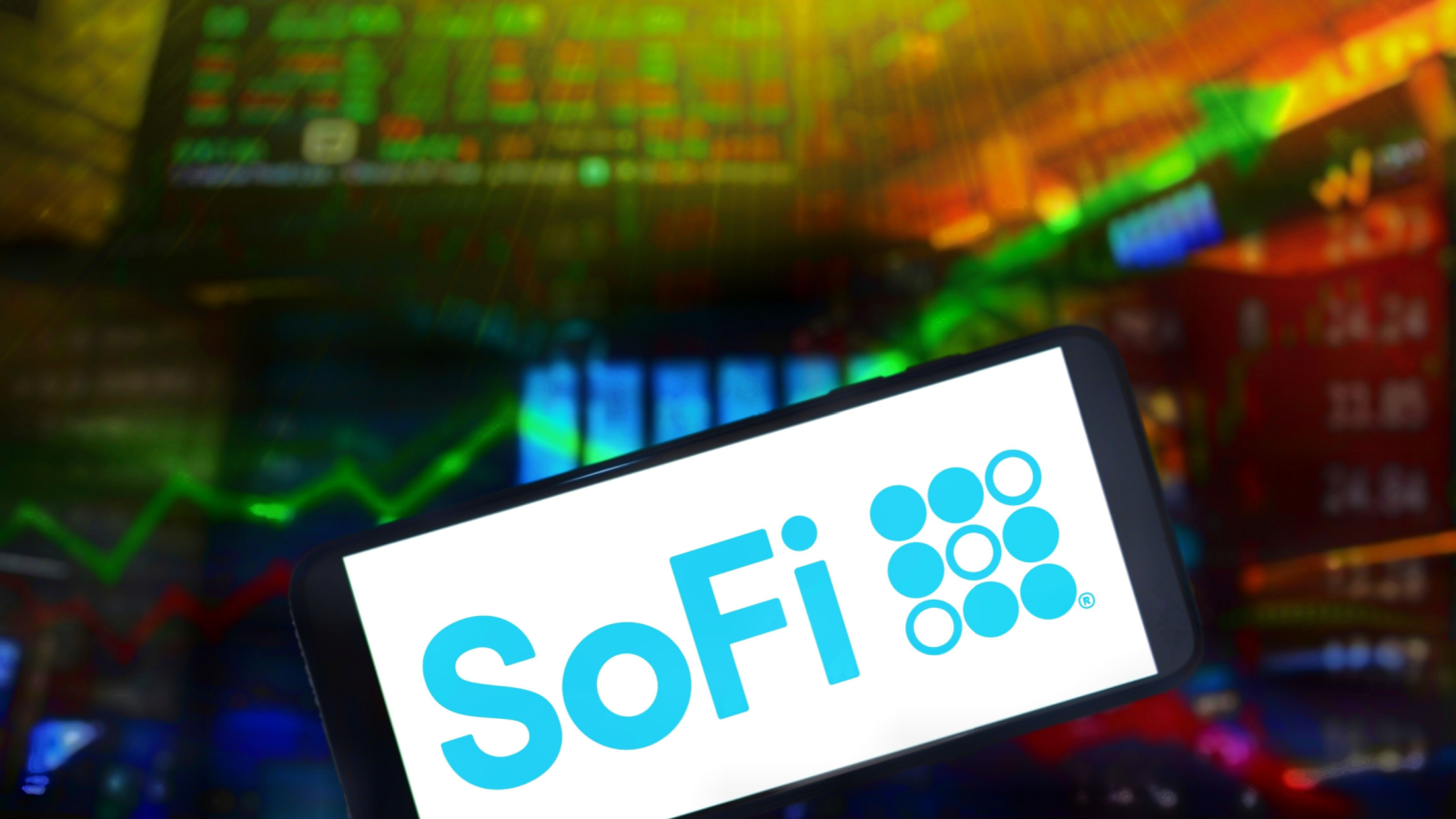The current business model of SoFi Technologies (NASDAQ:SOFI) stock is clear. For those who own the stock, it’s not good news. SoFi is a regional bank.
SoFi is an unusual regional bank in that it’s not doing commercial real estate or business loans and has no branches. Instead, think of it as operating in a demographic region, people 40 and under, rather than a physical location. But the business is still banking.
SOFI Stock is a Banking Play
As a bank, SoFi is growing rapidly, which is why those who believed in it, like me, thought it should sell at a premium.
SoFi reported nearly $4.4 billion in loans outstanding at the end of June, up 37% from a year ago. The biggest growth came in personal loans, now 85% of the portfolio. The personal loan default rate is currently 3.62%.
To back these loans, SoFi has done national advertising of very high interest rates, up to 4.5% with no account fees. The average bank account interest rate is .57%. This has become SoFi’s calling card with consumers.
You’re left with a consumer bank paying high interest rates, collecting higher interest rates, but with significant loan risk. Small wonder the stock is down 19% over the last quarter. Analysts are expecting a loss of 7 cents per share for the September quarter, in line with that risk profile and high marketing costs for the Taylor Swift generation.
Back to Fintech
To get out of its earnings funk, SoFi needs to become the fintech it promised to be.
In the June quarter its technology products, Galileo and Technisys, earned just $17 million on revenue of $87.6 million. They’re profitable, but they’re growing at just 4%, and represent just 17% of revenue. This needs to change.
The hope of our Chris MacDonald is that SoFi can grow out of its current stock price. SoFi added 584,000 customers in the second quarter, giving it 6.2 million. These are young consumers whose incomes are likely to grow.
David Moadel also says you shouldn’t throw in the towel on SoFi. He highlights a partnership with Mastercard (NYSE:MA), a Buy Now, Pay Later program using Galileo. SoFi has also launched a branding campaign called “All Your Ambitions, All In One App.”
The Difference is Real
SoFi is telling customers it’s a fintech while its results still say it’s a bank.
The difference is huge.
The ARK Fintech ETF (NASDAQ:ARKF) is one of the most popular funds covering fintechs. That’s what SoFi purports to be. ARKF is up 26% in 2023. But less than 1% of the fund’s holdings are in SoFi stock right now. It’s one of the fund’s smallest positions.
A more appropriate comparison for SoFi might be to the Financial Sector SPDR Fund (NYSEARCA:XLF). That fund is down 5% over the last three months.
It also includes big banks like JPMorgan Chase (NYSE:JPM) that have benefitted from investor concerns about smaller banks like SoFi. SoFi’s size makes it more like the institutions in the SPDR S&P Regional Banking ETF (NYSEARCA:KRE), which is down 9% in the last three months.
The Bottom Line for SOFI Stock
SoFi’s advertising insists it’s not a bank, it’s an app.
But all banks are apps now.
That may not all be bad news. So far bank earnings in the third quarter are surprisingly strong. Student loan payments are resuming. That should improve SoFi’s results, too.
Bank analysts who have been bearish on SoFi are now turning around.Now may be a good time to buy shares.
Those of us who bought happy talk in 2021 and are sitting on losses may still have a few years to wait for a return. But it’s coming.
As of this writing, Dana Blankenhorn held a LONG position in SOFI. The opinions expressed in this article are those of the writer, subject to the InvestorPlace.com Publishing Guidelines.
